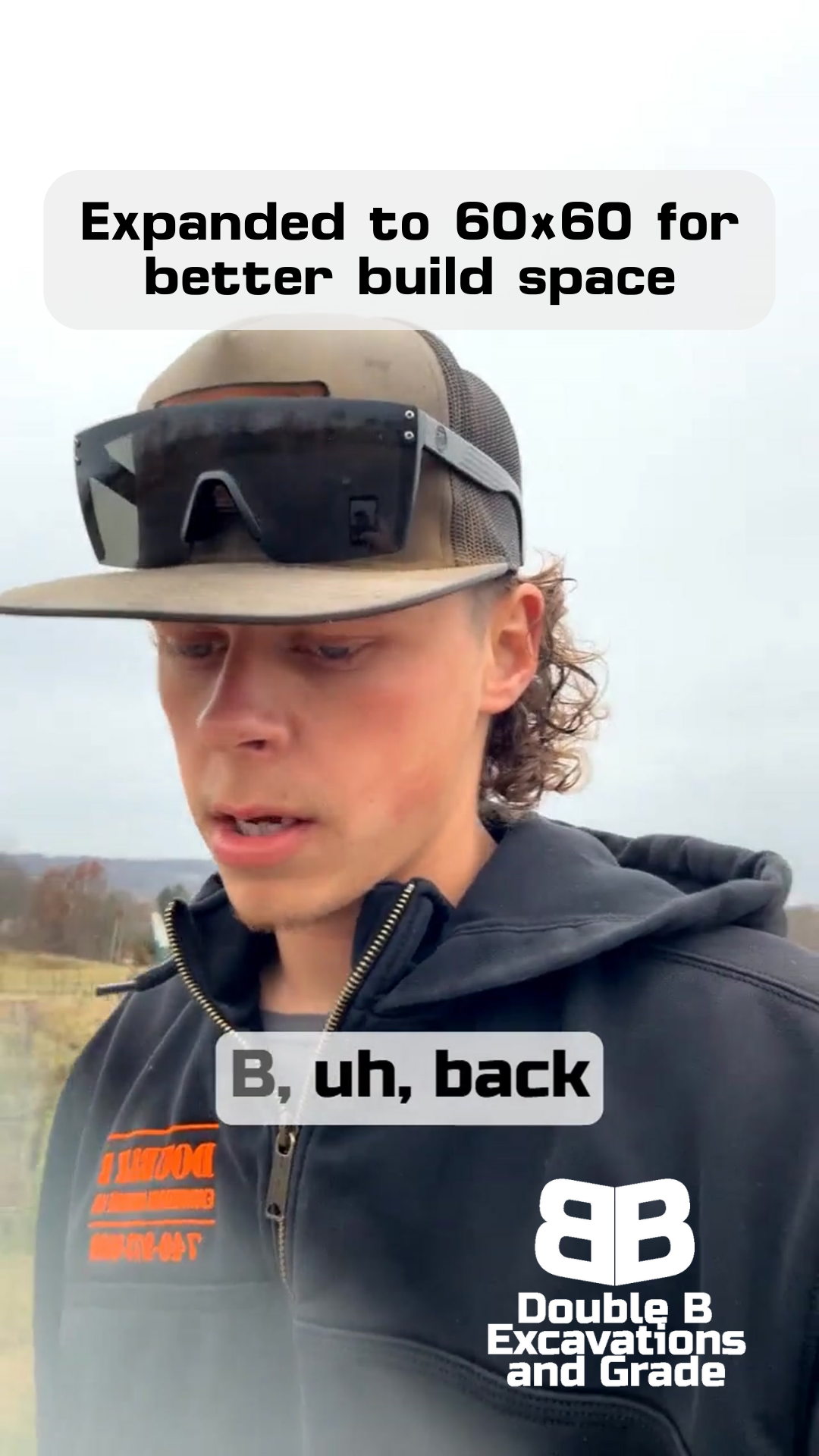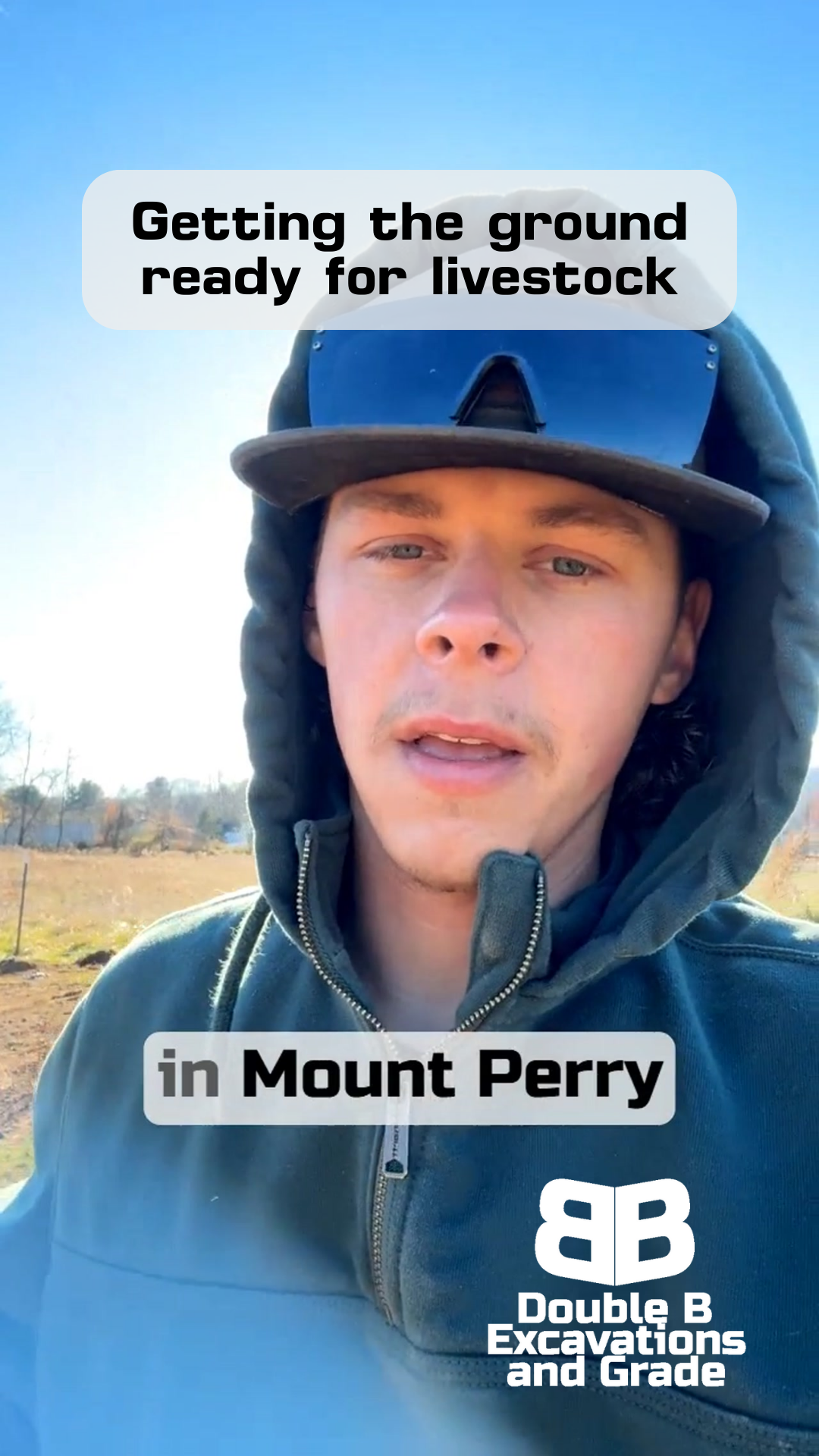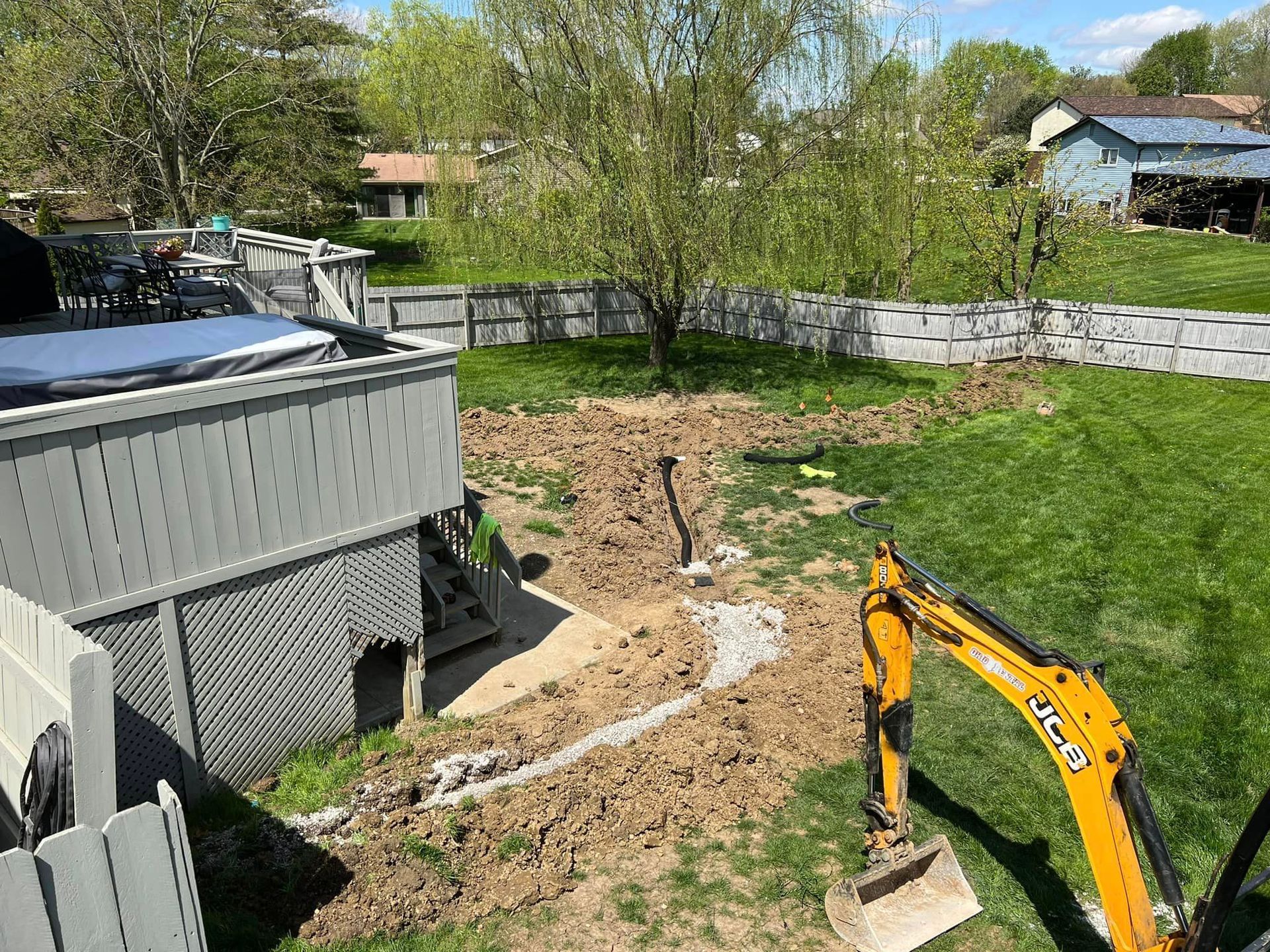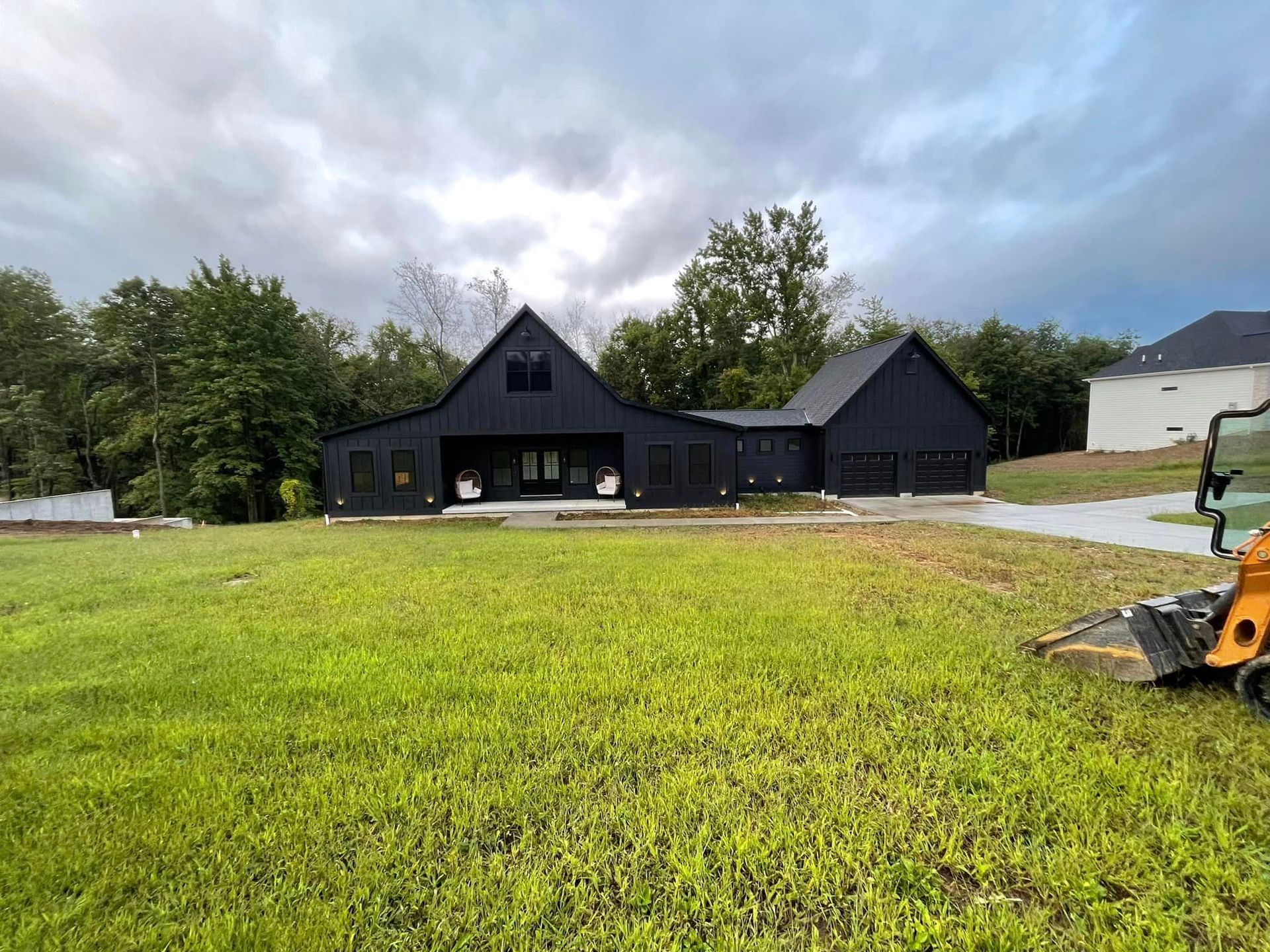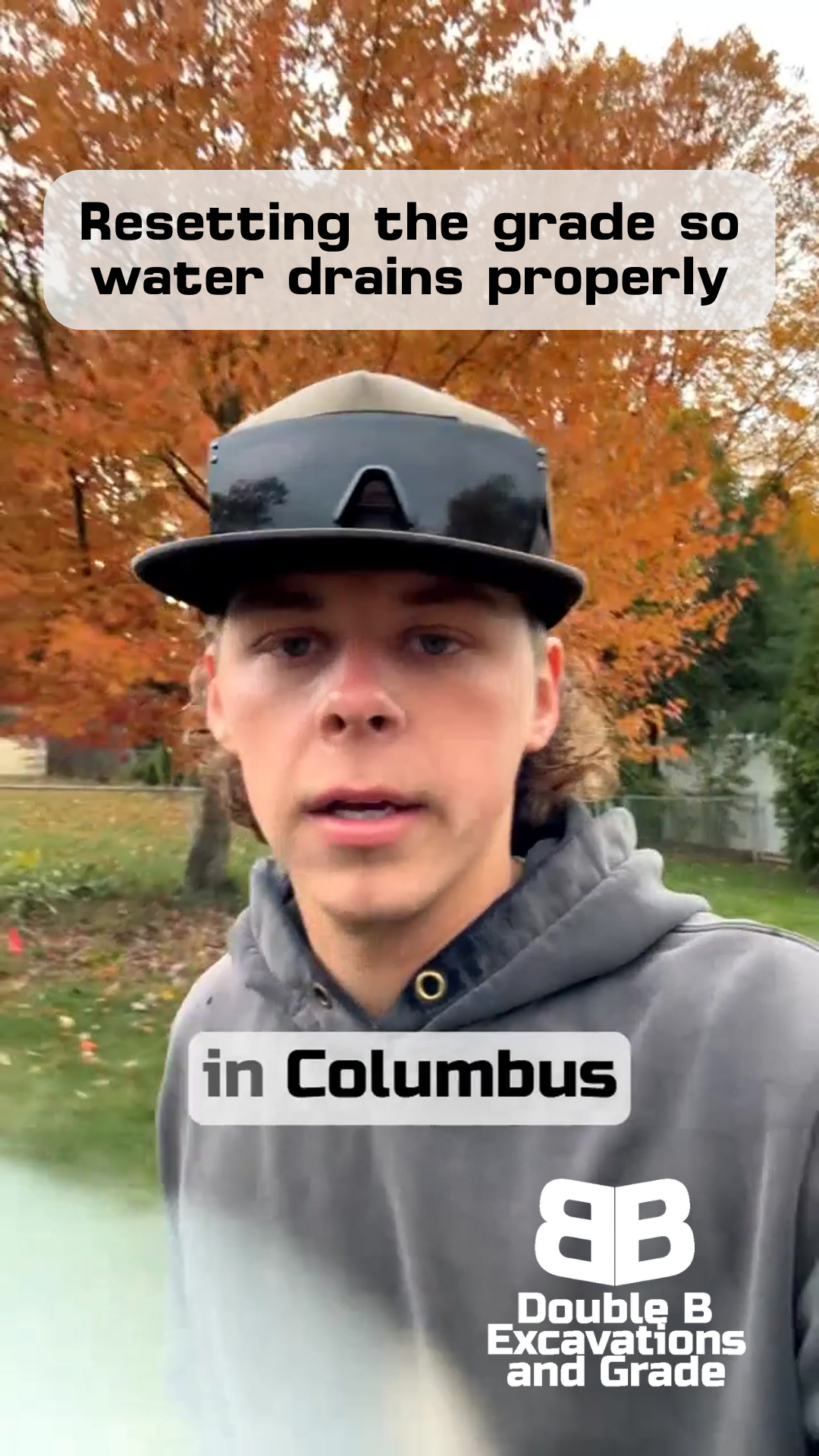Why Your Gravel Driveway Keeps Rutting: A Local Expert Explains
Double B Excavations & Grade LLC
Stop Your Driveway From Rutting
It's not about how much gravel you add - it's about what goes underneath
If you're tired of seeing those deep ruts show up in your gravel driveway every time it rains or thaws, you're not alone.
I see this problem all over our area.
Just today, I was at a job where the homeowner had thrown more gravel on their driveway year after year, but those ruts kept coming back.
The thing is, fixing a rutted driveway isn't as simple as dumping more gravel on top.
Here in our part of Tennessee, there's usually a bigger problem hiding right under your driveway.
Let me show you what's really going on and why quick fixes don't last.
Welcome to Double B!
The Hidden Problem Under Your Driveway
Here's what most people don't realize: under most driveways around here, there's clay soil.
Clay might be great for making pottery, but it's terrible for driveways because it holds water like a sponge.
When that clay gets wet, any gravel you put on top is eventually going to sink right into it.
Think about it like this - if you put a bunch of marbles on top of mud, what happens? They sink in, right? That's exactly what's happening with your gravel.
When the ground thaws out or gets wet from rain, that clay turns soft, and your gravel just keeps disappearing into it.
Then your car tires create those annoying ruts, and you're back to square one.
I see it all the time - folks spend good money adding more gravel every year, but without fixing what's underneath, they're basically throwing that money away.
It's not their fault - nobody explained to them why this keeps happening or how to fix it the right way.
The Three-Layer Solution
Let me break down how we fix this problem for good. It's all about layers, kind of like building a cake - except this cake needs to hold up your car.
We start with what we call "Number Twos" - these are the big rocks, about the size of your fist.
These create a solid foundation that won't sink into that clay.
Next come the "Three-Oh-Fours." These medium-sized stones fill in the gaps between those bigger rocks.
When we compact them down, they lock everything in place.
Think of it like solving a puzzle - each piece has its job.
Finally, we top it all off with "Fifty-Sevens." These smaller stones create that smooth surface you want to drive on.
Plus, we shape them with a slight crown so water runs off instead of sitting there causing problems.
Why Cutting Corners Doesn't Work
I get it - the three-layer approach costs more upfront.
That's why some folks try shortcuts, like just dumping a load of gravel on top of their old driveway.
But here's what I see happen every time: by next spring, they're calling us to fix those same ruts again.
It's like putting new shingles on a roof with rotten plywood underneath.
Sure, it looks good for a minute, but you haven't fixed the real problem.
In the end, those quick fixes cost way more than doing it right the first time.
What to Look For in Your Driveway
Want to know if your driveway needs help? Here are the signs:
- Ruts that come back no matter how much gravel you add
- Soft spots after rain or when the ground thaws
- Areas where water sits instead of running off
- Gravel that seems to disappear over time
These problems usually get worse in winter and early spring when the ground freezes and thaws.
That's when you'll really notice if your driveway doesn't have a proper base.
Choosing the Right Fix
Look, I know it's tempting to go with the lowest bid or the quickest solution.
But after fixing hundreds of driveways in our area, I can tell you that not all driveway work is created equal.
Here's what you should ask any contractor who comes out to give you a quote:
"What kind of base are you planning to use?"
If they don't mention different stone sizes and proper layering, that's a red flag.
"How will you handle drainage?"
The right contractor will talk about creating proper slope and crown in your driveway.
"What's your compaction process?"
Each layer needs to be compacted properly - it's not just about dumping stone and leaving.
The right way might cost more upfront, but you won't be calling someone every year to fix the same problems.
That's a promise.
Ready to Fix Your Driveway Once and For All?
If you're tired of dealing with a rutted driveway, I'd be happy to take a look. At Double B, we don't just sell you a load of gravel - we solve the problem from the ground up.
Give me a call, and I'll come out to assess your driveway situation.
No pressure, just honest advice about what it'll take to fix it right.
